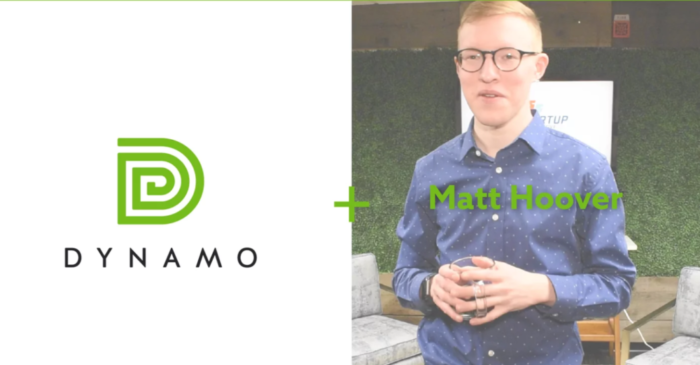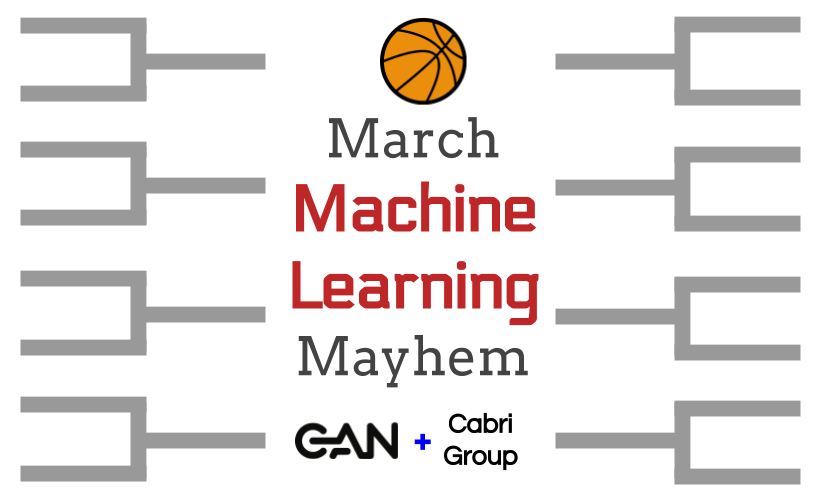by Nate Watson | Apr 20, 2017 | News
Last month, TechBus interviewed our very own President, Nate Watson. TechBus is an Omaha-based group that posts bi-weekly interviews about local businesses and new technology. This video is everything you’ve ever wanted to know about CAN: who we are, what we do,...

by Nate Watson | Apr 18, 2017 | News
Here at CAN our free-time is spent researching the latest trends in and facts about data science. In a skim of Tableau Public, we found this fascinating visualization about women in tech. Tableau Public is a platform to post data visualizations made with Tableau. You...

by Nate Watson | Apr 13, 2017 | News
Check out the video below of one of our data scientists and Director of Data Visualization Matt Hoover giving a tour of the The Startup Collaborative. Matt was interviewed by Omaha tech company Dynamo. Dynamo is a new kind of IT consulting and recruiting agency that...
by Nate Watson | Apr 11, 2017 | News
We found this article on Interface’s blog. We thought it was an awesome story about how Interface’s web school turned a busy woman’s career around. Despite obstacles of daily life, Miranda Tharp jump-started a web development career. To read the full...

by Nate Watson | Mar 27, 2017 | News
At the beginning of the project, we set out to show how the 2017 NCAA College Basketball Tournament could be a proving ground for Machine Learning analysis. There are very few places in the world where we can use the same model to predict multiple outcomes in a short...



